CQ20: Geneplore: theory ready for practical use
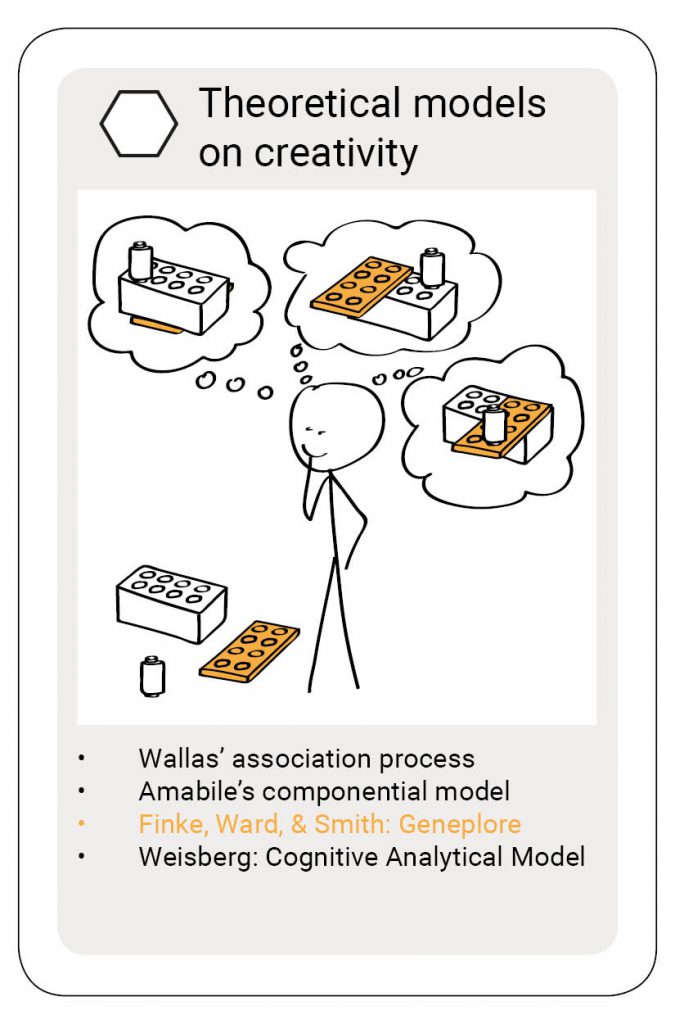 Geneplore is a merge of two words: generate & explore (Finke, et al., 1992). The Geneplore model is described in a book called Creative Cognition, written by Finke, Ward, and Smith. This book was on my reading list for a while and now I finally had an excuse to make a start. And it was a good start.
Geneplore is a merge of two words: generate & explore (Finke, et al., 1992). The Geneplore model is described in a book called Creative Cognition, written by Finke, Ward, and Smith. This book was on my reading list for a while and now I finally had an excuse to make a start. And it was a good start.
In the introduction Finke et al. (1992) mention the importance of understanding the processes that lead to creative output. When I read that, all I could think was: YES, finally some theory on the left side of the equation on creativity (see CQ14), that is different from Guilford (see CQ16)!
Theory ready for practical use
Every ‘cognitive structure’ Finke et al. (1992) mention in their model could be used as a technique in a workshop that requires participants to get to creative output. Thus, even though Geneplore is in the first place a theoretical model, Geneplore has elements in it that can be directly used in practice. Therefore, I found this model on creativity the most inspiring model I came across in the months I’ve been working on this quartet.
Knowledge on cognition disclaimer
Finke et al. (1992) use this model to investigate ‘creative cognition’. Creative cognition is the name Finke et al. (1992) give to the study of creativity that has its foundations in cognitive science. This book comes with abstract words like ‘mental blends’, ‘preinventive structures’, or, ‘mental imagery’. Creative cognition is obviously written for peers with knowledge of cognitive psychology. You know I’m a design engineer by background, not a psychologist. I’m optimistic about my understanding of cognitive psychology, but I’m no expert.
In this article I will describe the Geneplore model to a certain level, I will focus on the relation with other models and the practical use of the model.
The Geneplore model
To start with, Finke et al. (1992) use the following basic assumption on creativity:
‘[…]we regard creativity as neither a random process nor one that is predetermined but as a highly structured activity that can often result in surprising and unexpected outcomes’ (Finke et al. 1992: p.115)
Like I stated in the first sentence of this article, Geneplore is a merge of two words: generate & explore. Finke et al. (1992) argue that if we first generate what they call ‘preinventive structures’ (I’ll get to those) and then explore and interpret these structures, we have a good chance of coming to creative output. The stress that following this process is no guarantee for creative output. This same process may also lead to non-creative output.
After we have ‘Geneplored’ the first time we can go back and forth, thus iteratively switch from generation to exploration and vice versa. From this moment on, we can add product constraints (read criteria) at any point in the process. Figure 1 shows the Geneplore model.
Figure 2 shows an example of a Geneplore process using geometric and an organic form as preinventive structures. As shown in the figure, these preinventive structures don’t have to remain in our heads, we can externalize them through drawings (2D) and objects (3D). We can do the same with verbal structures. These types of preinventive structures were also used in empirical research on the Geneplore model.

Figure 1: Based on figure 2.1: ‘The basic structure of the Geneplore model’. Finke et al. (1992: p.18)
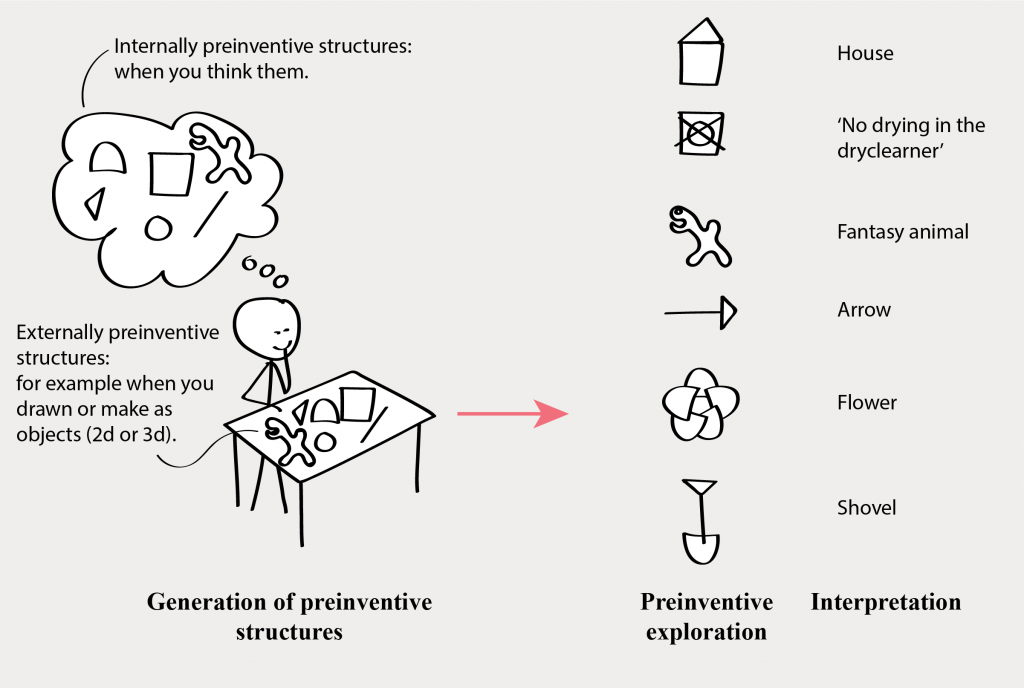
Figure 2: Example of Geneplore: the generation of preinventive structures and the exploration & interpretation of those structures
Let’s zoom in on these spheres from figure 1.
Six examples of five Geneplore processes and characteristics
We have the ‘generation of preinventive structures’ in the left sphere. Preinventive structures are cognitive structures and outcomes of generative processes. Finke et al. (1992) give us six generative processes (I read: ways of thinking) that lead to preinventive structures. These preinventive structures I see as inspiration for exploration. And the authors also give six examples of preinventive structures and they give six examples of properties, characteristics, these preinventive structures may have.
Then, on the right sight of the Geneplore model, we have ‘preinventive exploration and interpretation’. Finke et al. (1992) also explain this process with six examples of explorative processes.
Finally, in the middle below, we have ‘product constraints’. Product constraints are pretty straightforward. They form the criteria for the solution to the task or problem. Again the authors come with six examples.
In table 1 you find an overview of these five times six processes and characteristics of the Geneplore model.
| 1. Generative processes | a. Retrieval | b. Association | c. Synthesis | d. Transformation | e. Analogical transfer | f. Categorical reduction |
| 2. Preinventive structures | a. Visual patterns | b. Object forms | c. Mental blends | d. Category exemplars | e. Mental models | f. Verbal combinations |
| 3. Preinventive properties | a. Novelty | b. Ambiguity |
c. Meaningfulness |
d.Emergence | e. Incongruity | f. Divergence |
|
4. Explorative processes |
a. Attribute finding | b. Conceptual interpretation | c. Functional inference | d. Contextual shifting | e. Hypothesis testing | f. Searching for limitations |
| 5. Product constraints | a. Product type | b. Category | c. Features | d. Functions | e. Components | f. Resources |
Table 1: Based on table 2.1: ‘Examples of Cognitive Processes, Structures, Properties, and Constraints in the Geneplore Model’ (Finke et al., 1992: p.20)
I will shortly describe the terms mentioned in this table. I will go row by row. We will see that many of these cognitive terms can be used as workshop interventions or creativity techniques.
If you want to skip the description details of these terms, the story continues at the paragraph ‘function follows form or form follows function’.
Generative processes
Memory retrieval and association
Finke et al. (1992) describe memory retrieval, and association together as the most basic forms of generative processes. These generative processes most often lead to the simplest form of preinventive structures. Free association is one of the first rules in any creativity workshop. Also, remember Aristotle and his ‘association of ideas’ as a way to define ‘thinking’? See CQ8.
Finke et al. (1992) mention that if the generative processes become more complex, the preinvented structures that are the results of these generative processes become more varied and richer. They give another four types of generative processes. The third and fourth are also described together.
Synthesis & transformation
Synthesis and transformation are generative processes in which the thinker does something with ‘component parts’. ‘Parts can be mentally rearranged and reassembled, and forms can be rotated or altered in shape to make interesting and potentially useful structures’ (Finke et al. 1992: p20). Although Finke et al. (1992) do not explain the meaning of component parts, we can imagine that these are like parts of a bike.
Analogical transfer
In analogical transfer, we use elements or principles of on structure and transfer that to another structure. The authors refer to Synectics, which might be a familiar term for you. I will devote an article to Synectics in the next chapter and analogy transfer is also on my list of creativity workshop principles and techniques. We’ll get to the bottom of that.
Categorical reduction
Categorical reduction ‘means mentally reducing objects or elements to more primitive categorical descriptions’ (Finke et al., 1992: p.21).
The authors give the example of a house, that, by categorical reduction, can be described as a triangle and a square. The geometric forms can be explored in a broader range of categories than a house. It is about the level of abstraction.
The same goes for functional categorical reduction. Finke et al. (1992) use an example I’ve heard so often during my studies Industrial Design Engineering: don’t design a new coffee cups, design a container that can hold a hot drink.
Categorical reduction is popular in the world of design and the world of start-ups. It is about finding the right abstraction level for the problem you want to solve. And it is about checking the assumptions you’re making: Do we really need a coffee cup? What is the problem behind the problem?
‘The ladder of abstraction’ (Heijne & Van der Meer, 2019) is also a workshop technique to find the right level for the definition of the problem that you want to tackle. The technique is based on categorical reduction.
All these generative processes result in preinventive structures. And so we arrive at row 2: preinventive structures.
Preinventive structures
Visual patterns and object forms
The most basic forms of preinventive structures are visual patterns and object forms. In their explanation of visual patterns and object forms, Finke et al. (1992), refer to mental imagery is a cognitive term to explain these preinventive structures.
Mental imagery is not the same as imagination. Where imagination can take any form, mental imagery is the visual form of imagination. And, imagination must have a new element in it, where mental imagery can also be a recollection of a visual image (Finke, et al., 1992).
Finke et al. (1992) argue that empirical research has shown that how people form mental images of 2D and 3D shapes corresponds to how people form images on real surfaces and for real objects. That means we don’t have to look inside someone’s head to be able to know what that person is imagining. And that is good for Finke et al. (1992) because that means it is observable and thus researchable. Remember, we are talking about basic forms, the square I see in my imagination I can also draw.
Mental blends
Mental blends are a ‘class of structures that include conceptual combinations, metaphors, and blended mental images’ (Finke, et al. 1992: p.22). Finke et al. (1992) give the example of creating a new type of animal as a combination of a lion and an ostrich. ‘two distinct entities have been fused to create something new’ (Finke, et al. 1992: p.22).
I don’t see how mental blends are not visual patterns. I see mental blends as a special, more complex, type of visual patterns.
We can use mental blends literally as a workshop technique to create inspiration for our idea generation. We take two components from our problem space and merge them into one.
Category exemplars
Category exemplars ‘have features in common with those of more familiar categories, as well as novel, emergent features that lead to new and unexpected discoveries’ (Finke, et al., 1992: p.22).
The authors give the example of alien creatures living on a planet like earth. It fits into a category we know (animals living on earth) and something new is added to it (non-existing animals, the alien creatures, and a planet like earth). Again, I see this as a type of visual representation.
Again a technique we can use to create inspiration for ourselves. And I know there are techniques in which you need to combine multiple elements into something new. What I like about Geneplore is that the results of these techniques are not seen as ‘ideas to be judged’, but as ‘ideas to be explored’. That is why I like to call these preinventive structures inspiration, instead of ideas.
Mental models
My first reaction was, how are none of the above mentioned preinvented structures, not mental models. But a model is more complex than an object, pattern or, blend, as I understand it. To explain mental models I first need to introduce another cognitive term: schemas.
Schemas are abstract knowledge structures that can include information about multiple objects and the relationship among them. Schemas are different from categories in the way they consist out of more than one type of object. For example, categories are animals or cars. For example, a schema could be about animals living habitat. In schemas, we not only mention ‘fish’ and ‘river’ but also swimming, which is a relation between fish and river.
Finke et al. (1992) describe mental models as an ‘interplay’ between categories and schemas’:
Mental models ‘can be thought of as active constructions that represent the current or desired state of affairs, as well as information about how to get from one state to another. […] Mental models provide a way of representing the interaction of information from different knowledge domains, it is with these more elaborate and dynamic constructs that we may be able to account for types of imaginative activity that go beyond the generation of single, new exemplars (Finke et al.. 1992: p.135).
In other words, mental models are more complex structures than the three mentions. They have more and different types of elements and more and different types of relations between the elements.
Are these mental models directly transformable into a workshop technique? I doubt it. Maybe for the advanced participant or content experts. If we want to use mental models as a workshop technique to generate inspiration to explore, we could start with the previous three preinventive structures and then take them to the next level.
Verbal combinations
Verbal combinations are like mental blends, but they also differ from mental blends because the elements don’t need to be ‘fused physically or conceptually, in the structure’ (Finke et al., 1992: p.22). Verbal combinations are used to come to new poetry or literature.
Final ideas on preinventive structures
Geometric shapes or Lego blocks are a form of preinventive structures. Although we are talking about cognitive structures, these preinventive structures can be externalized. And Finke et al. (1992) stimulate us to do so.
Moreover, I think that if we see the first ideas we normally create in a workshop as ‘inspiration to explore’ instead of ‘ideas for potential solutions’, we help participants to postpone judgment, and we help them to constructively create ideas without them having the feeling that the ideas are random.
I’ll be short on the preinventive properties because I don’t want to over the criteria for creative output again (see CQ14).
Preinventive properties
Finke et al. (1992) argue that novelty is the most important property and also the one property that is part of all output that can be defined as creative.
Ambiguity is a preinventive structure that challenges the thinker in the exploration phase. Empirical research shows that ambiguity preinvented structures stimulates more original interpretation.
Meaningfulness is about feeling inspired. If the structure is meaningful to you, you are more likely to be encouraged to further explore the structure.
‘Emergence refers to the extent to which unexpected features and relations appear in the preinventive structure’ (Finke et al., 1992: p.23).
‘Incongruity […] refers to the conflict or contrast among elements in preinventive structures’ (Finke et al., 1992: p.24).
Divergence we all know. This property refers to the ‘for finding multiple uses or meanings in the same structure’ (Finke et al., 1992: p.24).
A thought on ‘meaningfulness’
Meaningfulness as a property of a preinventive structure triggers me. In a workshop, we often go for a ‘generation of ideas phase’ and a ‘judgment of ideas phase’. We often link these phases to the two criteria that define if the output is creative. We link the generation phase to novelty or originality, and the judgment phase to usefulness or meaningfulness. In Geneplore meaningfulness is part of the generative phase. That is an interesting idea. What if we judge in a generating phase? But not by cognition but by intuition. I find this an intriguing thought to pound upon…
Moving on to Explorative Processes.
Explorative Processes
Attribute finding
Finke et al. (1992) describe attribute finding as a ‘systematic search for emergent features in the preinventive structures’ (Finke et al., 1992: p.24). It remains unclear to me through what type of system we do this search.
We use attribute finding in workshops every time we ask the question: ‘What is interesting in this idea’? And again, I assume that participants will find it easier to find interesting elements in an idea when they are told they are in an explorative phase rather than in an evaluation phase.
Conceptual interpretation
Conceptual interpretation is described as ‘taking a preinventive structure and finding an abstract, metaphorical or theoretical interpretation of it’ (Finke et al., 1992: p.24).
We use conceptual interpretation in workshops every time we ask questions like: ‘What is the principle behind this idea?’ or ‘How does this idea fit in what you know?’.
Functional inference
‘Functional inference refers to the process of exploring the potential uses of functions of a preinventive structure’ (Finke et al., 1992: p.25).
We also use functional inference in creativity workshops. Whenever we ask a question like: ‘How can we use this [fill in any preinventive structure]?’ This question also forms the center of the Unusual uses test (‘think up as many ways to use this brick’) which is part of the Torrence Test of Creative Thinking (Guilford, 1968; CQxx)
Contextual Shifting
Contextual shifting is exactly what the words say it is. You shift the preinventive structure into another context and gain insight on the potential value of the structure.
Yes, also contextual shifting we could use as workshop technique. It might be far out because the context of a workshop might be the only constraint to a solution.
Hypothesis testing
In hypothesis testing ‘one seeks to interpret the structures as representing possible solutions to a problem’ (Finke et al., 1992: p.25).
This is the tactic we all take when we evaluate ideas. As for technique, it might not be different from judging ideas. However, the mindset for hypothesis testing and judging feels different. In Geneplore hypothesis testing is an exploration technique, not a judging technique. My association with an explorative mindset is an open-minded and critically thinking, where the judgment mindset leaves less room for the open-mindedness.
Searching for limitation
Preinventive structures can also provide insights into which ideas will not work or what types of solutions are not feasible.’ P25. This can help to narrow down search categories for example.
Searching for limitation refers to the opposite question that fits with attribute finding. I always tell participants that if they feel a ‘yes, but’ bubbling up from their tummy when they hear an idea, they should try to pinpoint what element of the idea they don’t like, and ask a question about that element. In searching for limitation we could write these elements on another flipchart and later discuss whether these elements are true limitations or (wrong) assumptions.
A general thought on explorative processes
The mindsets in these explorative processes are open-minded and intelligent. Exploration is not random. Finke et al. (1992) argue that Geneplore could explain the ‘threshold theory’. The threshold theory is a theory on the influence of intelligence on creative output. It says that to an IQ of 120, intelligence contributes to the chance a person comes with creative output. Beyond an IQ of 120, the influence of intelligence on creative output is insignificant (Sternberg & Kaufman, 2011).
Finke et al. (1992) argue that intelligent people might be better at exploring and interpreting these preinventive structures. However, they might not necessarily be better at creating these structures.
We could also link this to the role of using ‘wild swans’ (people that are viewed as ‘creative’ and have no expertise on the problem) in the workshop. These wild swans may generate preinventive structures experts did not consider. However, in the exploration of these structures, having some expertise should contribute to the exploration.
Product Constraints
Product constraints are the basic criteria for the solution. They are pretty straightforward I think. I’ve listed them below. We could ask questions about these constraints in our intake meeting with a client. And we could use these to categorize the limitations found in the explorative phase.
- Product type
- Category
- Features
- Functions
- Components
- Resources
Conclusion on table 1
These 30 topics for a rich source of techniques we could use in workshops to enhance creativity and stimulate our thinking. And in general, Geneplore could inspire us to change evaluation into exploration. This change in a point of view is also part of the general difference between many creativity processes and Geneplore. I will describe that in the remainings of this article.
Function follows form or form follows function?
The most important characteristic and the difference between Geneplore and many other creativity models is the order of the process that may lead to creative output. In most creativity processes the form follows the function. In Geneplore the function follows the form.
Standard creativity process: form follows function
I think most creativity process models are based on Wallas (1926) description of the association process. Some people refer to Wallas’ process as ‘the creative process’, like there is such a thing as THE creative process.
Figure 3 shows Wallas’ steps to come to creative output. In short, you work on a problem (preparation). You let the problem rest for a while and don’t consciously think about it (incubation). Then you get a great idea (illumination). And finally, you work on the problem again with this new idea to check if it was such a great idea (verification).
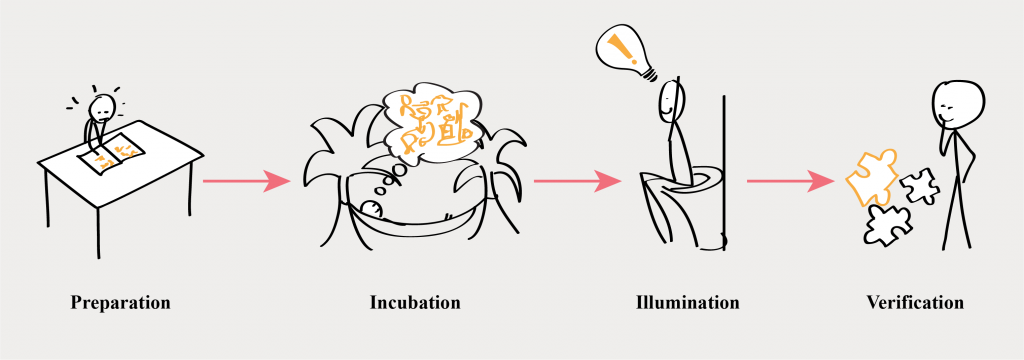
Figure 3: Stages of Control, based on Wallas (1926/2014)
In these processes, we see that the solution (the form) needs to meet the criteria that came with the problem (the function). So in these standard creativity processes, the form follows the function. In Geneplore the function follows the form.
By the way, workshops on creativity are meant to replace incubation with by use of deliberate creativity techniques. See figure 4. I’ll elaborate on this issue in the next chapter.
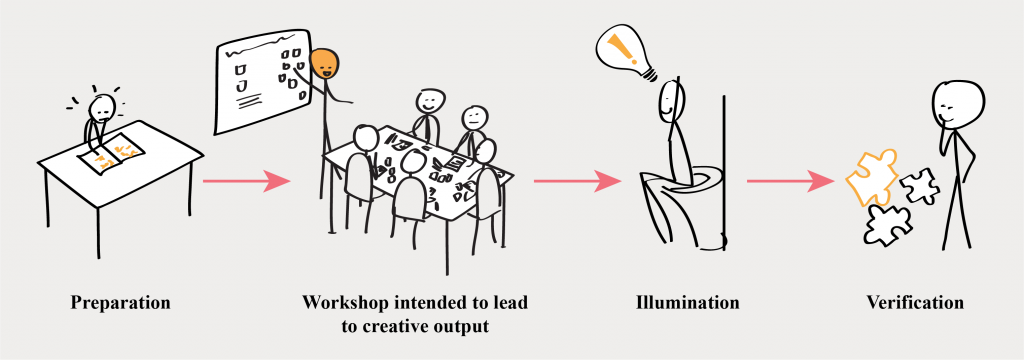
Figure 2: Stages of Control, based on Wallas (1926/2014): incubation replaced by a workshop
Geneplore: function follows form
In Geneplore the function follows the form. Firstly, you generate the preinventive structures (the form) and then you explore those forms to find out how they can be interesting (the function). You don’t start with a predefined problem. Secondly, the idea is that you find the problem through exploration. That process comes after the generative process of generating preinventive structures.
Conclusions for practice
Building blocks of inspiration
In business, creativity is a means to solve problems. In practice, we always have to deal with predefined criteria, whether they are explicit or implicit. However, that doesn’t mean we can use Geneplore only theoretically, on the contrary!
What if we create ideas (we diverge) and see those created ideas as inspiration and not as potential solutions. What if we see these ideas as ‘preinventive structures’? And what if after we have created our inspiration, we do not judge, we explore?
If we see ideas as inspiration it will lift the pressure of coming up with ‘good’ or worse ‘creative’ ideas. I assume looking at idea generation from this perspective will make it easier for participants to postpone judgment. Since we, as facilitators, will tell them that they are not creating ideas, they are creating building blocks of inspiration.
LEGO® SERIOUS PLAY® is a mean for Geneplore
In LEGO® SERIOUS PLAY® play the participants use a specific LEGO® set to communicate thoughts. These thoughts could be ideas, the status of a current situation, an ideal situation, a new product, a problem, a solution, anything!
We could see these LEGO® blocks as the external preinventive structures to explore with. First comes ‘form’ (the blocks) then comes ‘function’: the exploration, our LEGO® constructs. It works because the lego blocks inspire our thinking, and help us explain your thoughts. Of course, we don’t have to use this particular LEGO® set. The company was smart enough to create a licensed set and with an accompanying workshop that needs accreditation: money in the bag. But we can also be smart and use LEGO® from other sets, or we use crafts material, markers, empty boxes, etc. It doesn’t matter, as long as we have something we can build with.
Exploration instead of evaluation
Finally, if we see evaluation as exploration, there is a world of possibilities ready to explore. The question that I have left is how do we know when to stop exploring and start exploiting? I guess we will never find a straight answer. Design theory could help us to a certain extent but there will always be a gut-feeling involved. I take comfort in that thought.
What’s next
Next week I will explain Weisberg’s model of the Cognitive Analytical Model on creativity. And this time I have studied the entire 600 pages. At the end of May, we take a step and we become more practical in the next chapter of my Creativity Quartet 2020. Below you find the card for next week.
Willemijn
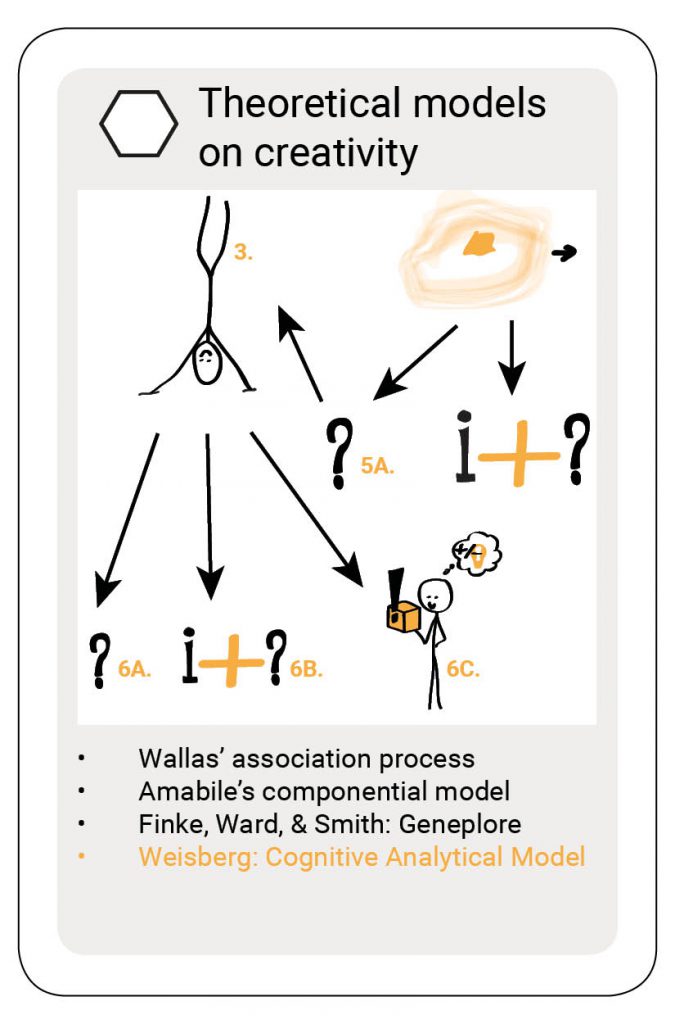
The creativity quartet combines my knowledge of and experience with creativity. Just like any other person I have experience with creativity as long as I live, but more deliberate when I started studying Industrial Design Engineering in 2001. I have over fifteen experience in facilitating and training creativity. My interest in creativity theory started in 2015. And I’m currently looking into doing promotional research on creating an overview of creativity theories. What you read in the articles are my interpretations of the truth. If you have something to add to that, please do so. Ending with my favorite quote on creativity by Maya Angelou:
“You can never use up creativity. The more you use, the more you have.”
References
- Finke, R. A., Ward, T. B., & Smith, S. M. (1992) Creative cognition: Theory, research, and applications. Cambridge, MA: MIT Press.
- Heijne, K. & Van der Meer, H. (2019). Road Map for Creative Problem Solving Techniques. Boom uitgevers Amsterdam, The Netherlands.
- Sternberg, R. J. & Kaufman, J. C. (2011). Intelligence (as Related to Creativity). Encyclopedia of Creativity: Second Edition, eds. Runco, M. A. and Pritzker S.R., London, UK: Academic Press, 2011, Vol 1. pp. 673–676.
- Wallas, G. (1926). Art of Thought. Kent: Solis press, re-print 2014.
Tags:
SUGGESTIONS FOR FURTHER READING
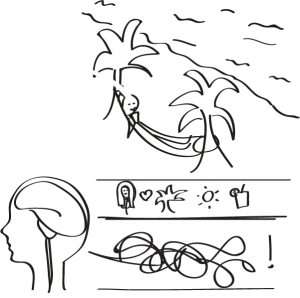
CQ10: Does creativity involve unconscious processes?
Many of us believe there is a role for the unconsciousness in creativity, at least to some extent. Why do we believe that? Is it true or not or
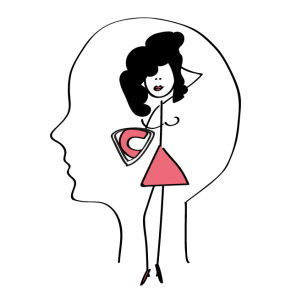
CQ17: Theoretical models on creativity, where to start?
There are as many theoretical models on creativity as models in the first episode of a new season of America’s Next Top Model. Fortunately, we have a
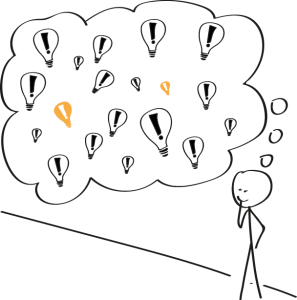
CQ4: No.1 WRONG assumption on Creativity
In the previous two articles, I explained the Western social and economic landscape in which creativity had a chance to become a valuable ability. Thi
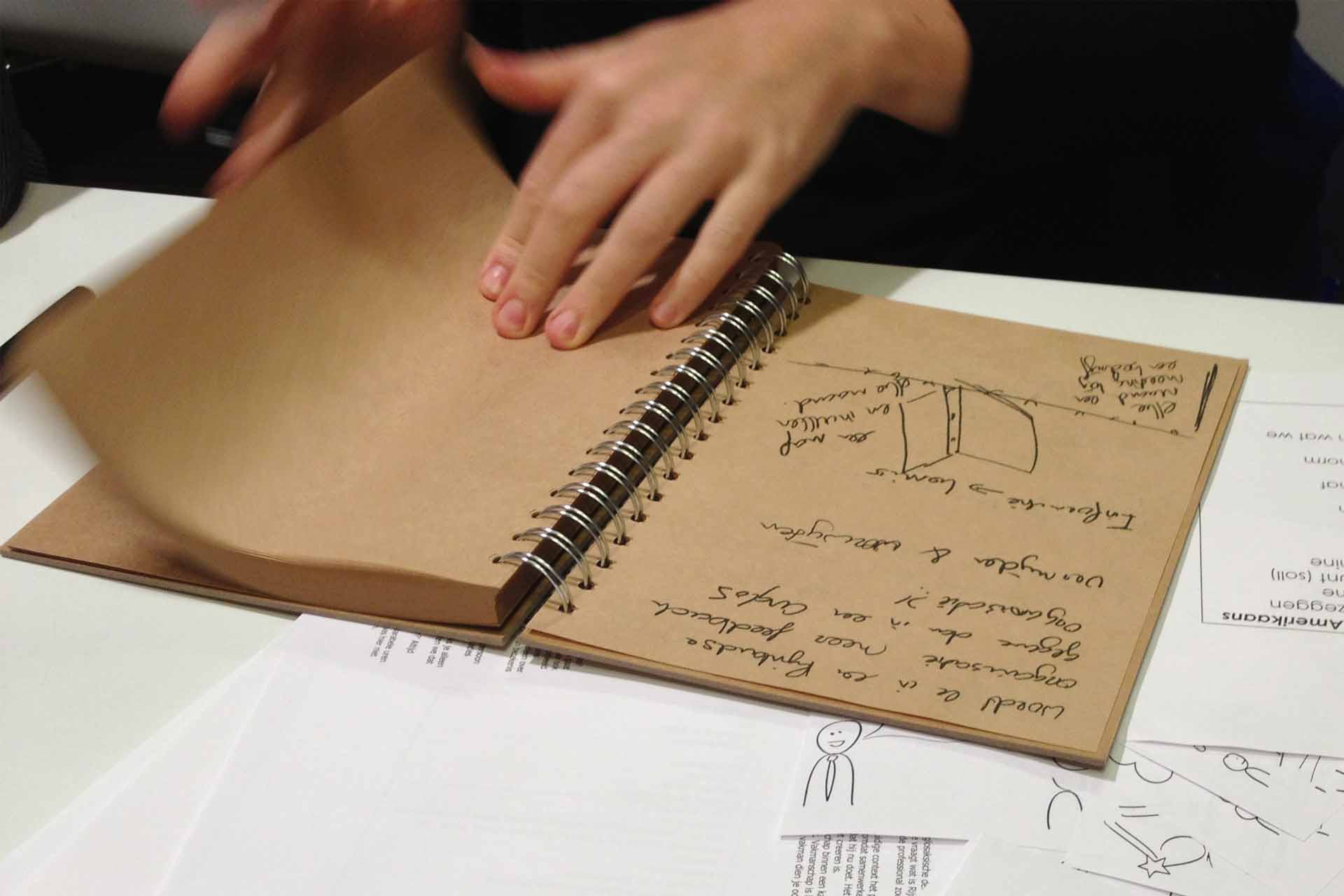
Title photo
Inspiration for inspiration
Would you like to receive the Creativity Quartet 2020 as inspiration? Think about how you can inspire us. For example, we have a coffee, you send us a book or article, link us to a person, point us to a website, etc. Leave your name and e-mail address and we’ll contact you for further information. We will not use your e-mail address to send you offers and won’t give away your information to other parties.



